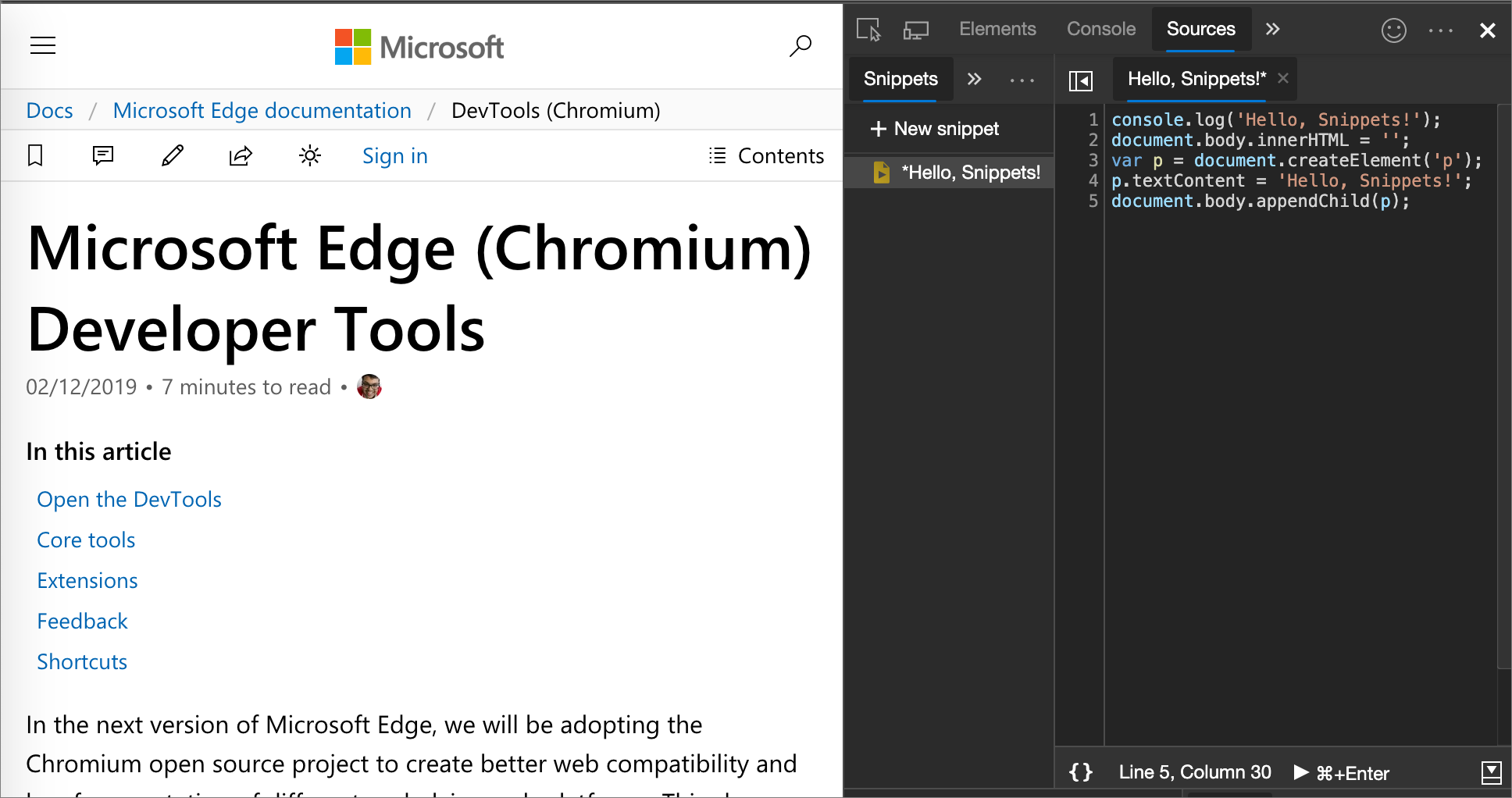In the world of Kubernetes deployment, testing Helm charts is a crucial step to ensure smooth sailing in production environments.
Chart Testing Overview
Chart testing is a crucial aspect of ensuring the reliability and functionality of Helm charts in Kubernetes environments. It involves validating the behavior of the charts against different scenarios to catch any potential issues before deployment.
Unit testing is a key component of chart testing, focusing on testing individual components or functions of the chart in isolation. This helps identify any bugs or errors at an early stage, leading to a more robust and stable chart overall.
Test automation plays a significant role in chart testing, allowing for the creation of automated tests that can be run consistently and efficiently. This reduces manual effort and ensures that tests are performed consistently across different environments.
By following best practices and utilizing tools like GitHub and Docker, engineers can streamline the chart testing process and improve the overall quality of their charts. This includes regularly updating documentation, leveraging version control, and utilizing integration testing to validate the entire chart as a whole.
Running Helm Chart Tests

To run tests on your Helm charts, you can use the Helm test command. This command will create a new **pod** in your Kubernetes cluster and run a series of tests against your chart. Make sure your tests are defined in the templates/test folder within your Helm chart directory.
When writing tests for your Helm charts, it’s important to consider both **unit testing** and **integration testing**. Unit testing focuses on testing individual components of your chart in isolation, while integration testing verifies that these components work together as expected.
One best practice is to automate your tests using a continuous integration (CI) tool like **GitHub Actions** or **GitLab CI/CD**. This will ensure that your tests are run automatically whenever you push changes to your chart’s repository.
Another important aspect of testing Helm charts is ensuring that your tests are **reproducible**. Make sure to document your test cases and provide clear instructions for running them in your chart’s README file.
When writing tests, consider using a **Helm testing library** like **helm-crd-testing** or **helm-unittest**. These libraries provide utilities for writing tests in **YAML** format and running them against your Helm charts.
Helm Chart Presentation and Context
When presenting a Helm Chart, it is important to provide context for its purpose and functionality. This includes explaining how the chart is structured, the components it contains, and how it can be used within a Kubernetes environment.
One key aspect of a Helm Chart presentation is to highlight the usability and experience it offers to users. This involves showcasing how the chart simplifies the deployment and management of applications, making it easier for users to work with Kubernetes resources.
Testing Helm Charts is essential to ensure their reliability and effectiveness. This can be done through test automation, where various scenarios are simulated to verify the chart’s behavior under different conditions. By testing Helm Charts, users can identify and address any issues or bugs before deploying them in a production environment.
It is also important to consider the library of Helm Charts available, which provide pre-configured templates for different applications and services. Leveraging these charts can save time and effort, as users do not have to create configurations from scratch.
When working with Helm Charts, users interact with them using the **command-line interface** or through an integrated development environment. Understanding how to navigate and manipulate Helm Charts using these tools is key to effectively working with them.
Documentation plays a crucial role in understanding Helm Charts and how to use them correctly. By following best practices and referencing official documentation, users can ensure they are using Helm Charts in the right way.



